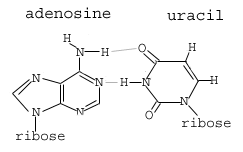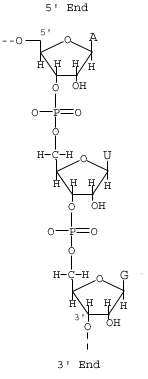Please wait while we process your payment
If you don't see it, please check your spam folder. Sometimes it can end up there.
If you don't see it, please check your spam folder. Sometimes it can end up there.
Please wait while we process your payment

By signing up you agree to our terms and privacy policy.
Don’t have an account? Subscribe now
Create Your Account
Sign up for your FREE 7-day trial
By signing up you agree to our terms and privacy policy.
Already have an account? Log in
Your Email
Choose Your Plan
Individual
Group Discount
Save over 50% with a SparkNotes PLUS Annual Plan!
 payment page
payment page
Purchasing SparkNotes PLUS for a group?
Get Annual Plans at a discount when you buy 2 or more!
Price
$24.99 $18.74 /subscription + tax
Subtotal $37.48 + tax
Save 25% on 2-49 accounts
Save 30% on 50-99 accounts
Want 100 or more? Contact us for a customized plan.
 payment page
payment page
Your Plan
Payment Details
Payment Summary
SparkNotes Plus
You'll be billed after your free trial ends.
7-Day Free Trial
Not Applicable
Renews July 18, 2025 July 11, 2025
Discounts (applied to next billing)
DUE NOW
US $0.00
SNPLUSROCKS20 | 20% Discount
This is not a valid promo code.
Discount Code (one code per order)
SparkNotes PLUS Annual Plan - Group Discount
Qty: 00
SparkNotes Plus subscription is $4.99/month or $24.99/year as selected above. The free trial period is the first 7 days of your subscription. TO CANCEL YOUR SUBSCRIPTION AND AVOID BEING CHARGED, YOU MUST CANCEL BEFORE THE END OF THE FREE TRIAL PERIOD. You may cancel your subscription on your Subscription and Billing page or contact Customer Support at custserv@bn.com. Your subscription will continue automatically once the free trial period is over. Free trial is available to new customers only.
Choose Your Plan
This site is protected by reCAPTCHA and the Google Privacy Policy and Terms of Service apply.
For the next 7 days, you'll have access to awesome PLUS stuff like AP English test prep, No Fear Shakespeare translations and audio, a note-taking tool, personalized dashboard, & much more!
You’ve successfully purchased a group discount. Your group members can use the joining link below to redeem their group membership. You'll also receive an email with the link.
Members will be prompted to log in or create an account to redeem their group membership.
Thanks for creating a SparkNotes account! Continue to start your free trial.
We're sorry, we could not create your account. SparkNotes PLUS is not available in your country. See what countries we’re in.
There was an error creating your account. Please check your payment details and try again.
Please wait while we process your payment

Your PLUS subscription has expired
Please wait while we process your payment
Please wait while we process your payment

RNA
Structurally, DNA and RNA are nearly identical. As mentioned earlier, however, there are three fundamental differences that account for the very different functions of the two molecules.
The uracil base replaces thymine in RNA. Thymine and uracil are structurally very similar. Uracil has fundamentally the same structure as thymine, with the deletion of a methyl group at the 5' position. Uracil will base pair with adenine in the same way as thymine pairs with adenine ().

The ribose sugar is structurally identical to the deoxyribose sugar, with the addition of a hydroxyl group at the 2' position ().

Unlike DNA, RNA cannot adopt the B-form helix because the additional 2' hydroxyl interferes with the arrangement of the sugars in the phosphate backbone. Although RNA does not adopt the highly ordered B-form of helix, it can be found in the A-form and does base pair to form complex secondary and tertiary structures. The primary structure of a nucleic acid refers to its sequence of base pairs. In RNA, the secondary structures are the two- dimensional base-pair foldings in which local sequences have regions of self- complementarity, giving rise to base pairs and turns. Common secondary structural motifs include hairpins, bulges, and loops ().

The main difference between the three-dimensional structures of DNA and RNA is that in RNA the three-dimensional structure is single-stranded. The base- pairing that occurs in RNA is all through regions of self-complementarity. This three-dimensional arrangement is called the tertiary structure of RNA and it can be very complex.
Please wait while we process your payment

